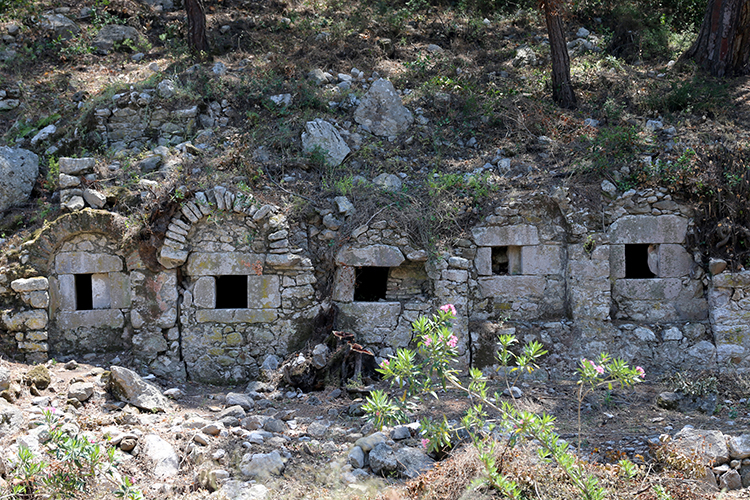
Olympos Ancient City Opens Roman-Era Rock-Cut Tombs to Visitors
One of Turkey’s most captivating archaeological treasures, the Olympos Ancient City in Antalya’s Kumluca district, is unveiling a new chapter in its 2,000-year-old story. This year, previously inaccessible Roman-era rock-cut tombs have been cleared and integrated into the site’s official visitor route—offering history enthusiasts and cultural travelers a rare glimpse into the funerary traditions of the ancient world.
A Hidden Legacy Unearthed
Nestled within the lush landscape of the Lycian region, Olympos is uniquely positioned on both banks of a river that flows directly into the Mediterranean Sea. While long admired for its mosaic-adorned baths, basilicas, and monumental sarcophagi, a new area—buried for centuries under thick vegetation—is now open to the public.
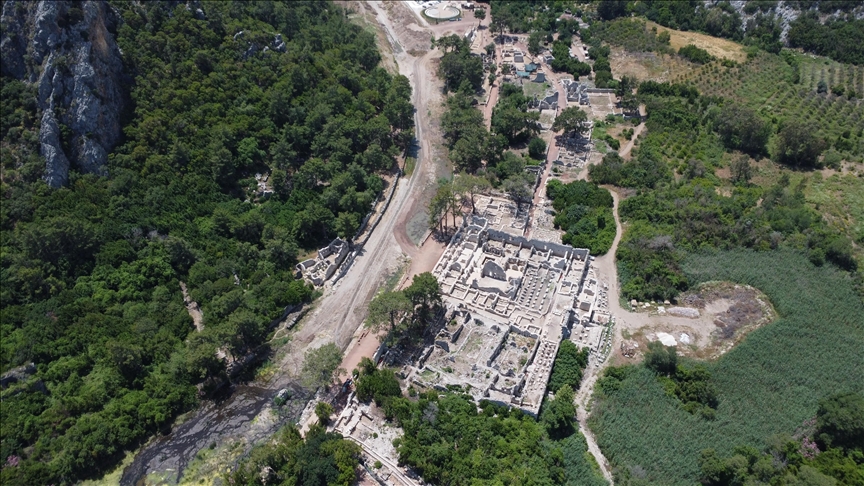
Thanks to extensive clearing efforts and the creation of new walking paths, visitors can now explore a 400-meter stretch of hillside tombs, including both vaulted burial chambers and large-scale room tombs that contain sarcophagi.
“We uncovered tomb chambers arranged in 3–4 tiers across the slope,” said excavation director Assoc. Prof. Dr. Gökçen Kurtuluş Öztaşkın of Pamukkale University. “These tombs are both architecturally impressive and culturally significant. They had been hidden under dense pine and laurel trees for centuries.”
Over 270 Tombs: A Glimpse into Ancient Society
The recently revealed area forms part of Olympos’ southern necropolis, where more than 270 tombs have now been documented. These tombs provide crucial insights into the social fabric of the ancient city.
📣 Our WhatsApp channel is now LIVE! Stay up-to-date with the latest news and updates, just click here to follow us on WhatsApp and never miss a thing!!
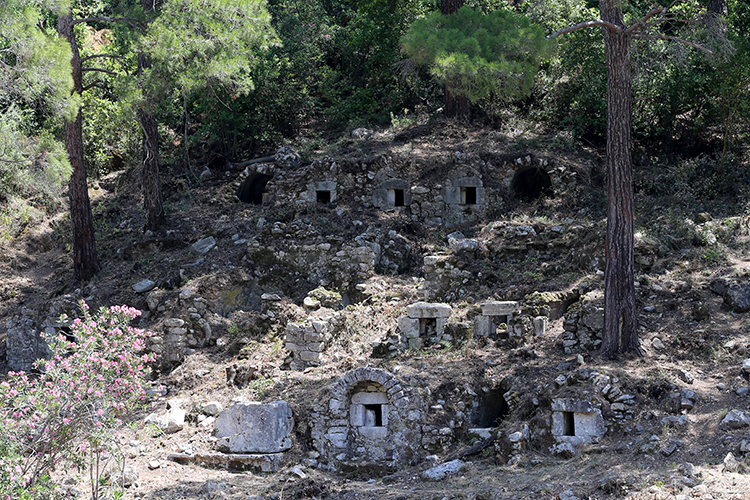
“There are tombs belonging to wealthy citizens, Roman soldiers stationed in the city, and even slaves,” Öztaşkın noted. “This diversity gives us valuable data on the demographic and cultural makeup of Olympos during the Roman period.”
Archaeologists are also conducting epigraphic studies on tomb inscriptions, contributing to a broader understanding of life, death, and identity in ancient Lycia.
A Year-Round Archaeological Effort
The excavation at Olympos is one of the few in Turkey that operates 12 months a year, supported consistently by the Turkish Ministry of Culture and Tourism. In addition to excavation and documentation, the team is engaged in conservation and site presentation to ensure the ancient city remains accessible and educational for future generations.
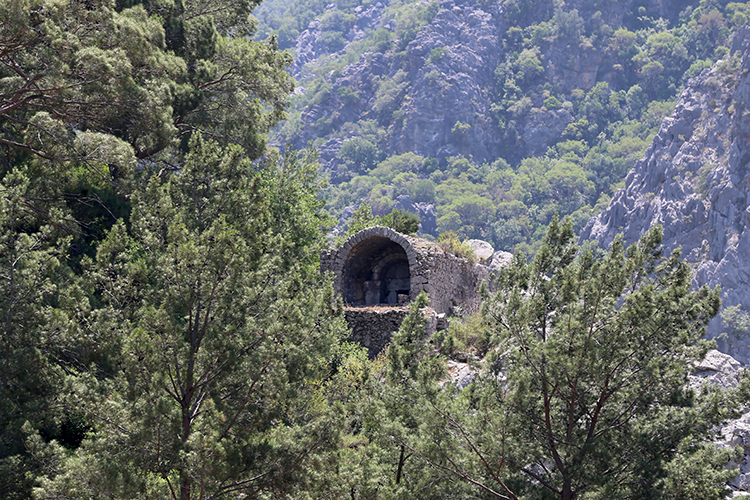
Visiting Olympos: What You Need to Know
- Location: Between Çıralı and Adrasan, near Kumluca, Antalya Province, southern Turkey
- Opening Hours:
- Summer (April–October): 08:30–19:00
- Winter (November–March): 08:30–17:30
- Admission: Entry included with the Museum Pass; standard ticket price approx. 433 TRY
- Access: Easily reachable by car (90 minutes from Antalya); minibuses and tour services also available
Why Visit Olympos Now?
- Newly Opened Tomb Zone: For the first time, visitors can walk through a freshly unearthed necropolis from the Roman era.
- Nature Meets History: The site combines Mediterranean flora, serene riverside landscapes, and ancient architecture.
- Unique Cultural Layers: From Lycian roots to Roman governance and early Byzantine influence, Olympos offers a multifaceted journey through time.
Cover Image Credit: Fatih Hepokur/AA
You may also like
- A 1700-year-old statue of Pan unearthed during the excavations at Polyeuktos in İstanbul
- The granary was found in the ancient city of Sebaste, founded by the first Roman emperor Augustus
- Donalar Kale Kapı Rock Tomb or Donalar Rock Tomb
- Theater emerges as works continue in ancient city of Perinthos
- Urartian King Argishti’s bronze shield revealed the name of an unknown country
- The religious center of Lycia, the ancient city of Letoon
- Who were the Luwians?
- A new study brings a fresh perspective on the Anatolian origin of the Indo-European languages
- Perhaps the oldest thermal treatment center in the world, which has been in continuous use for 2000 years -Basilica Therma Roman Bath or King’s Daughter-
- The largest synagogue of the ancient world, located in the ancient city of Sardis, is being restored

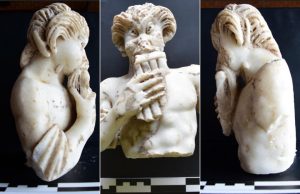
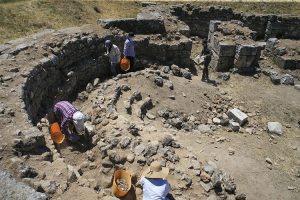
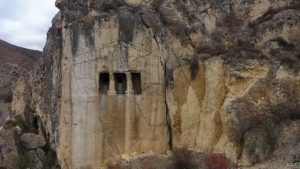
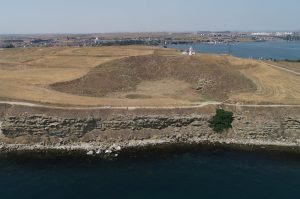
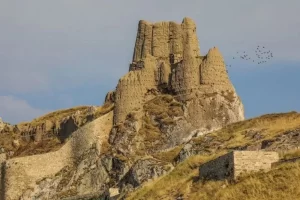
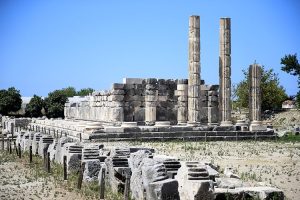


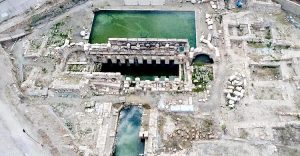
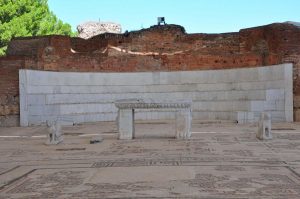
Leave a Reply